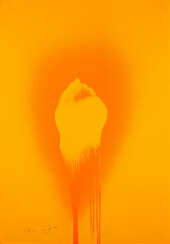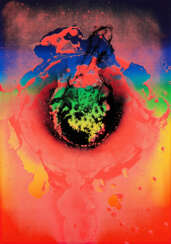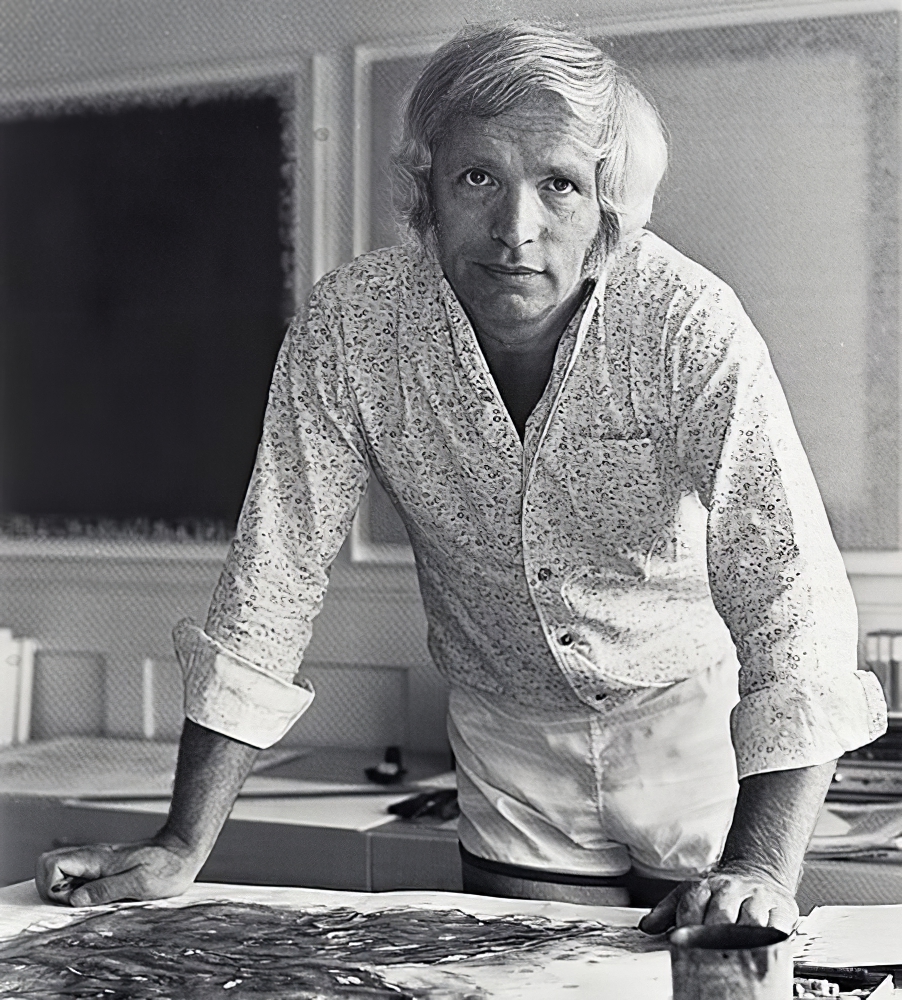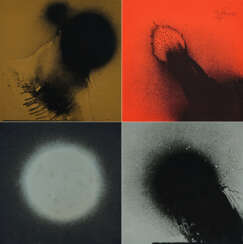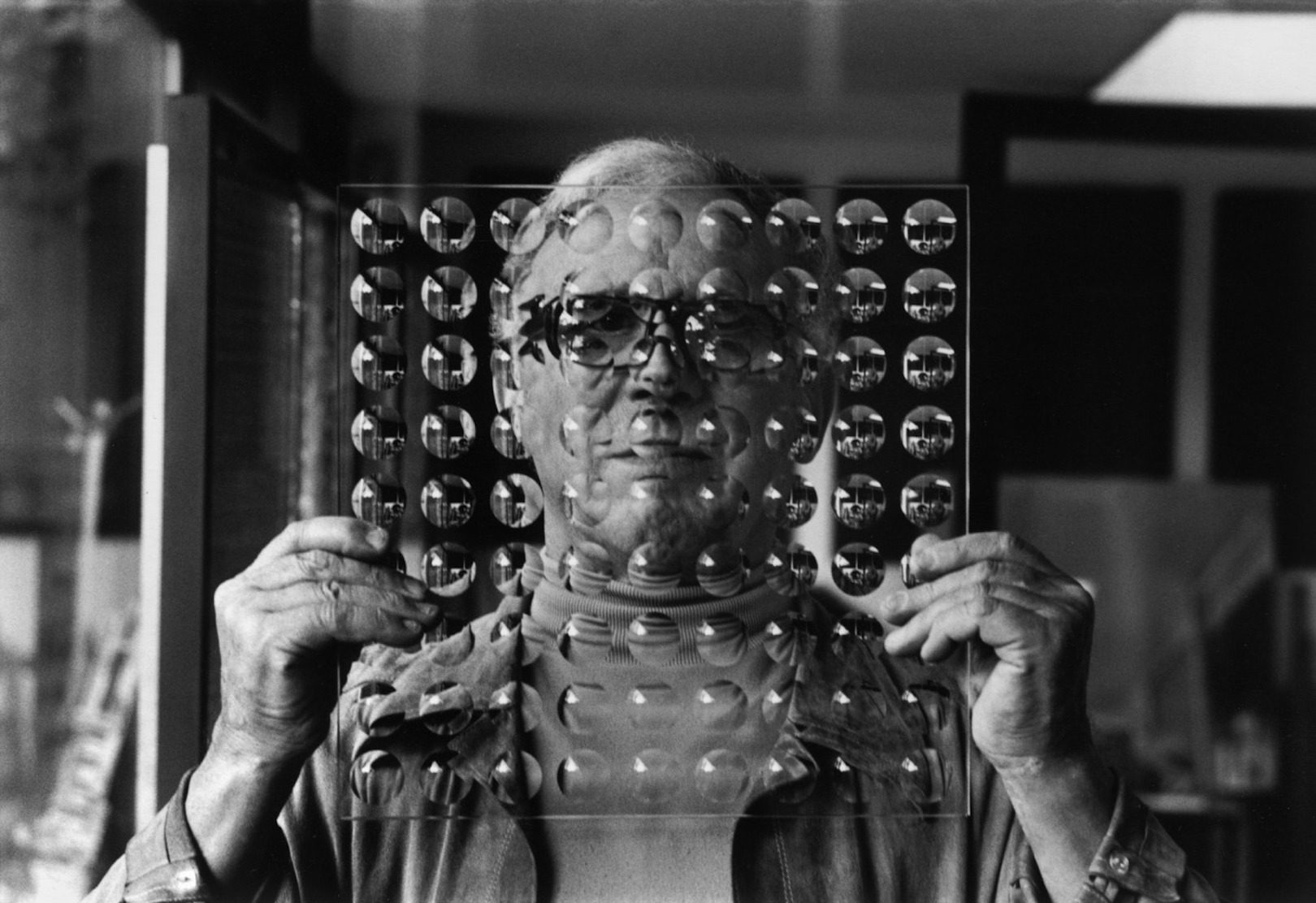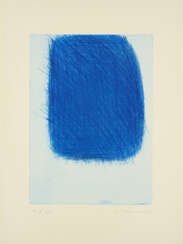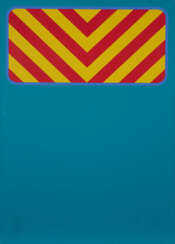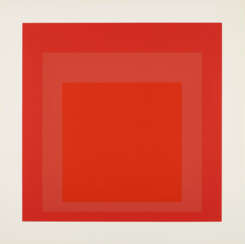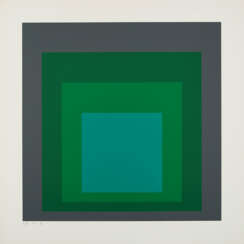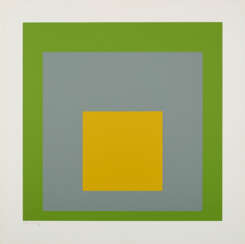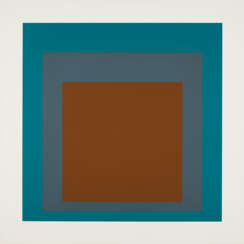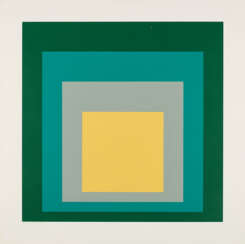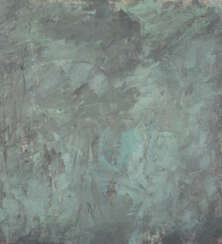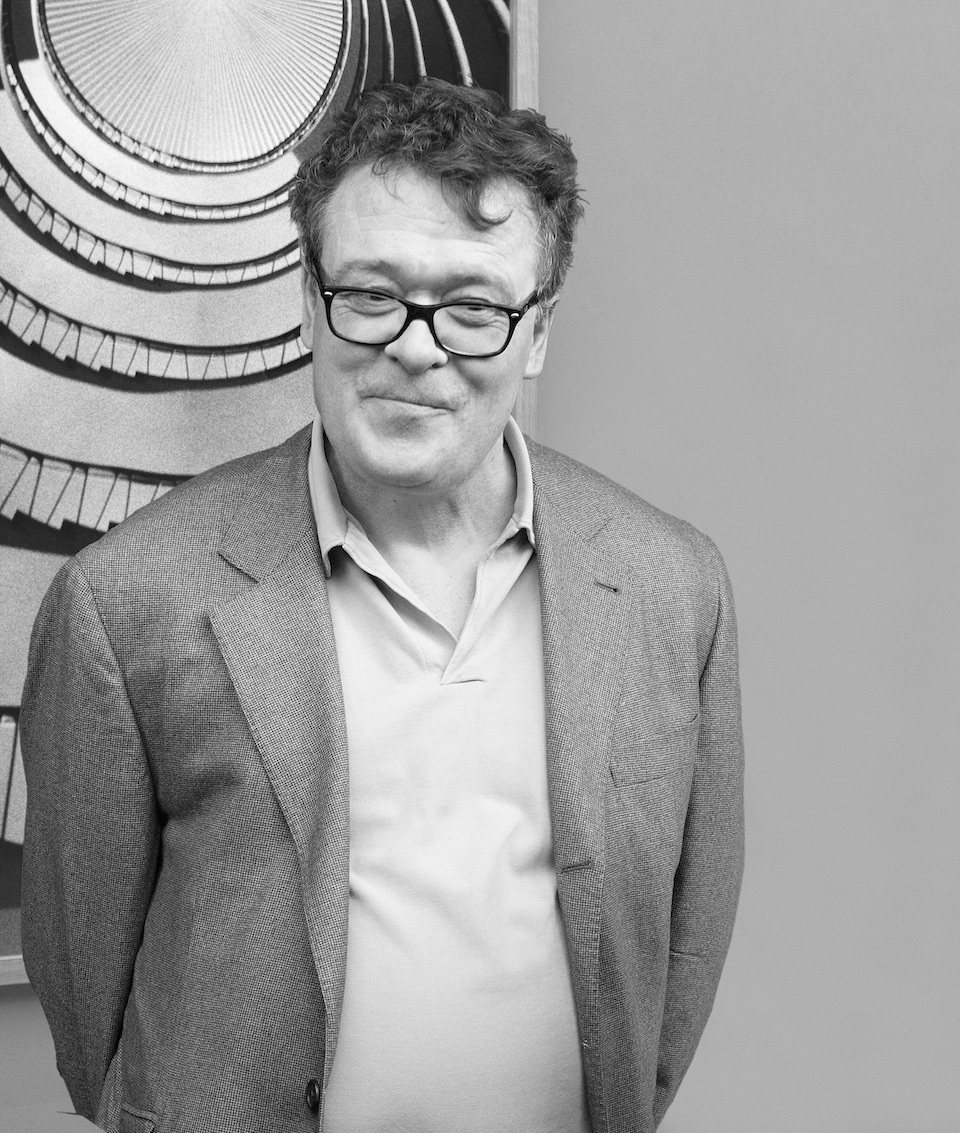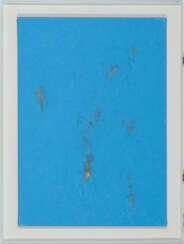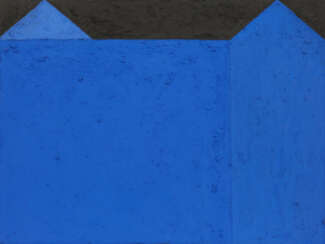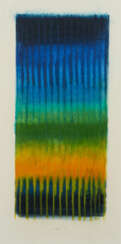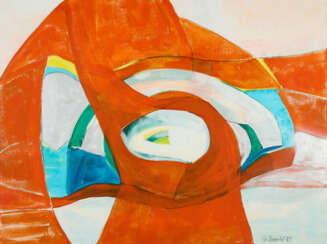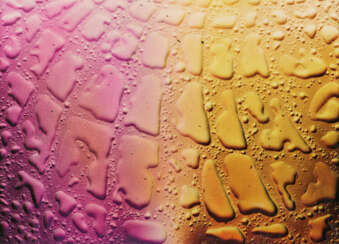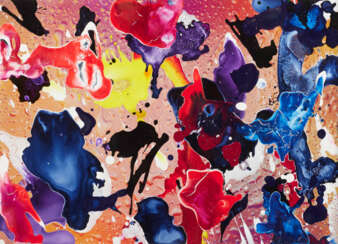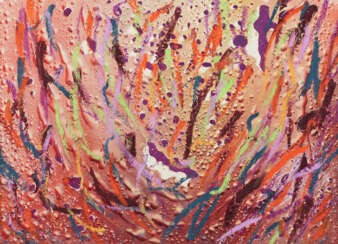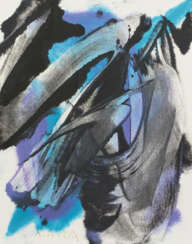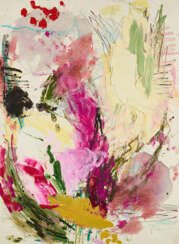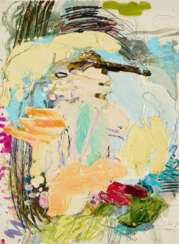
A1256: Ways of Seeing Abstraction
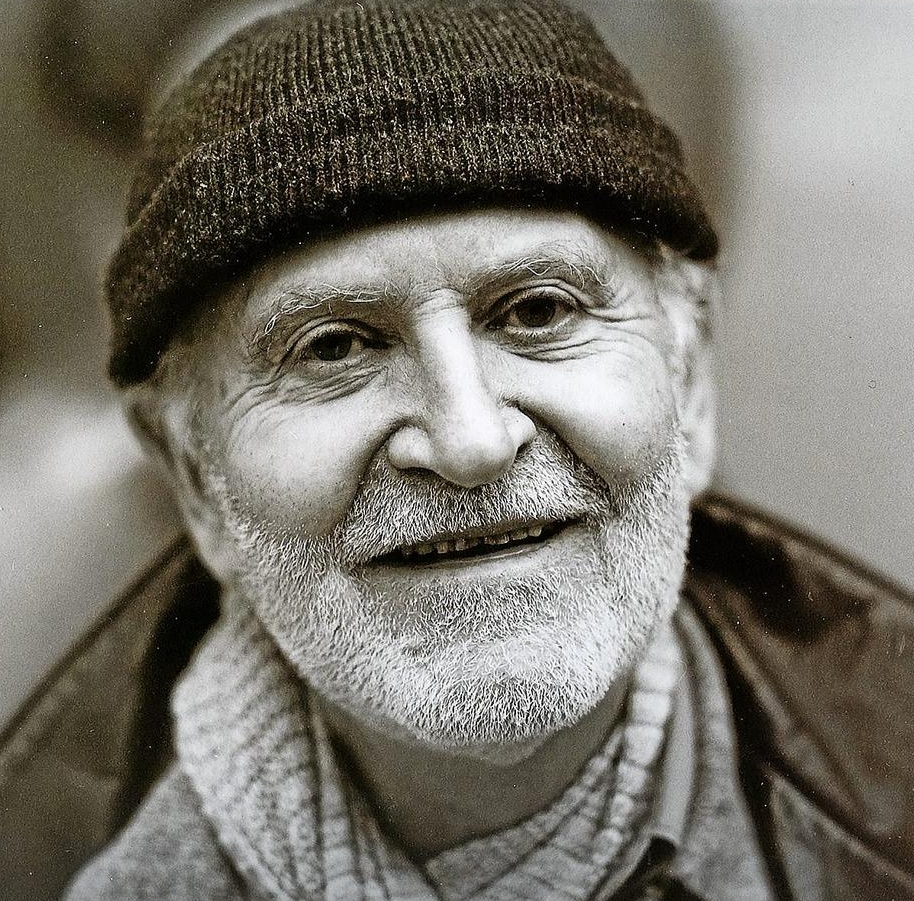
Friedrich Gräsel was a German sculptor, painter and graphic artist. He was known for his kinetic sculptures, which often incorporated light, sound, and movement.
Gräsel studied at the Academy of Fine Arts Nuremberg and later taught at the Academy of Fine Arts Munich. He began creating kinetic sculptures in the 1960s, using a wide range of materials such as metal, wood, and plastic to create dynamic, interactive works of art.
Gräsel's sculptures often feature intricate mechanisms and complex systems of movement, inviting viewers to engage with the work on a sensory level. His work frequently incorporates elements of humor and whimsy, while also exploring deeper themes related to technology, nature, and the human condition.
Gräsel exhibited his work extensively throughout Europe, including at the Venice Biennale, Documenta in Kassel, and the Museum of Modern Art in Paris. He was also awarded numerous honors and awards for his work, including the Bavarian Order of Merit in 1987 and the Art Prize of the City of Nuremberg in 1997.
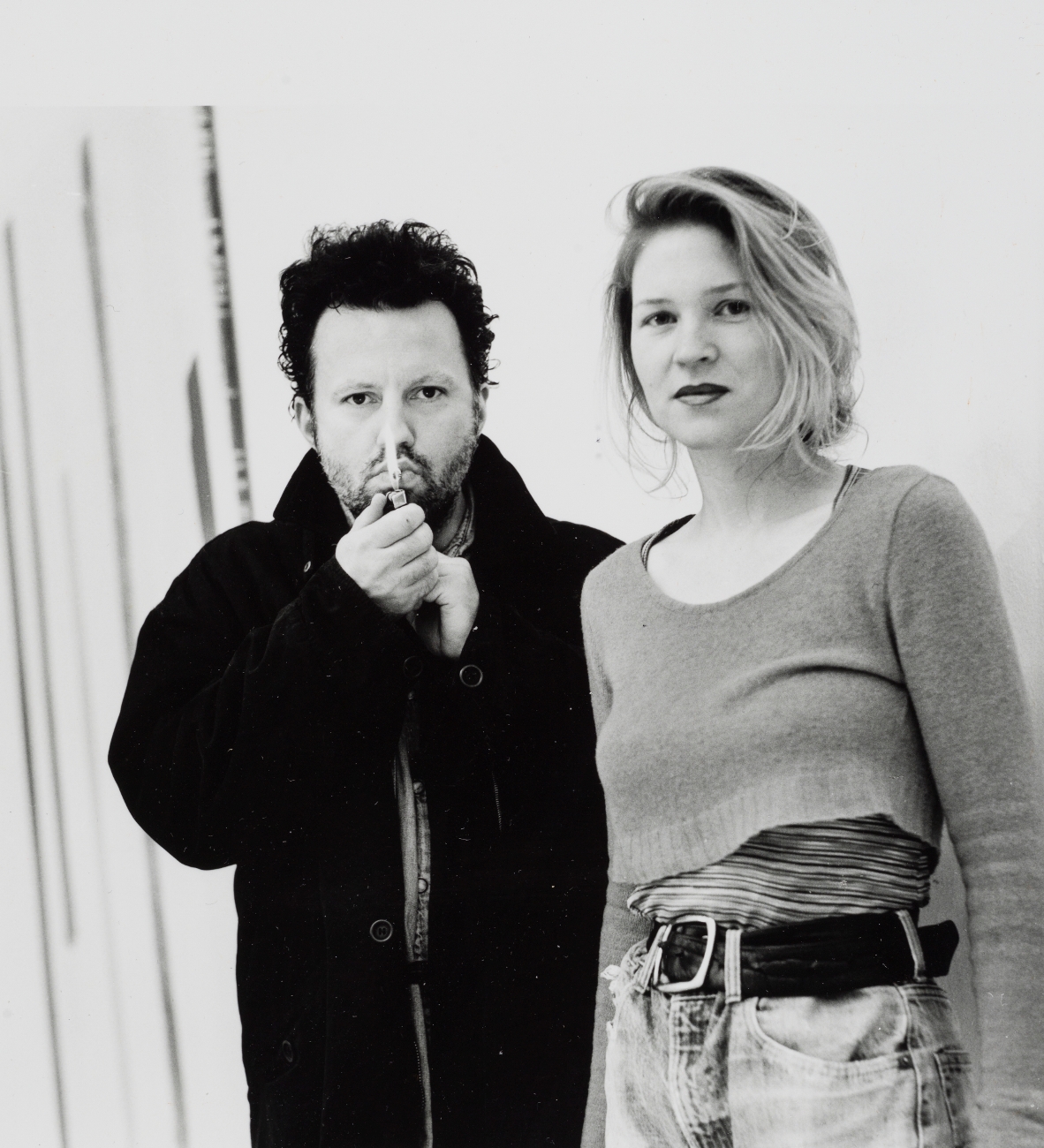
Frances Scholz is a vibrant figure in contemporary art and cinema. Scholz's education at the Hochschule der Künste in Berlin from 1982 to 1988 laid the groundwork for a career that spans painting, video art, and filmmaking. She is known for her conceptual approach to art, often blending narrative and abstraction to explore themes of memory, perception, and the construction of reality.
One of Frances Scholz's significant contributions to the art world is her film "Amboy," co-written and produced with science fiction writer Mark von Schlegell. Premiered in 2015, "Amboy" delves into the cultural mythologies and hallucinatory fabric of Los Angeles through a series of interconnected, unscripted encounters. The film is notable for its exploration of identity and the elusive nature of artistic legacy, set against the backdrop of the Mojave Desert's ghost towns. Scholz's work in "Amboy" exemplifies her interest in the intersection of narrative and visual art, utilizing a collaborative and open form of production that features contributions from notable figures in the art and entertainment industry.
Frances Scholz's artistry extends beyond filmmaking. She has exhibited widely, with notable shows at institutions such as the Chinati Foundation, where she held an open studio and screened "Amboy" in 2016, and solo exhibitions across the United States and Germany. Her work in group shows and solo exhibitions often reflects her multifaceted approach to media, including painting, video art, and installations, which are treated with the same editorial eye as her film material.
Currently living and working in Cologne, Frances Scholz continues to influence both the art and film worlds with her innovative projects. Her extensive body of work, including video art pieces like "The Moon" and "Awakening," and her involvement in collaborative projects, underscores her role as a dynamic force in contemporary culture.
For collectors and experts in art and antiques, Frances Scholz represents a unique investment in the overlap of visual art and cinema. Her ability to navigate and blend these worlds offers a rich tapestry of works that are both intellectually stimulating and visually compelling.
Stay updated on Frances Scholz's latest projects and exhibitions by signing up for newsletters focused on contemporary art and film. This subscription ensures you're informed about new sales, auction events, and exclusive insights into Scholz's evolving creative journey.
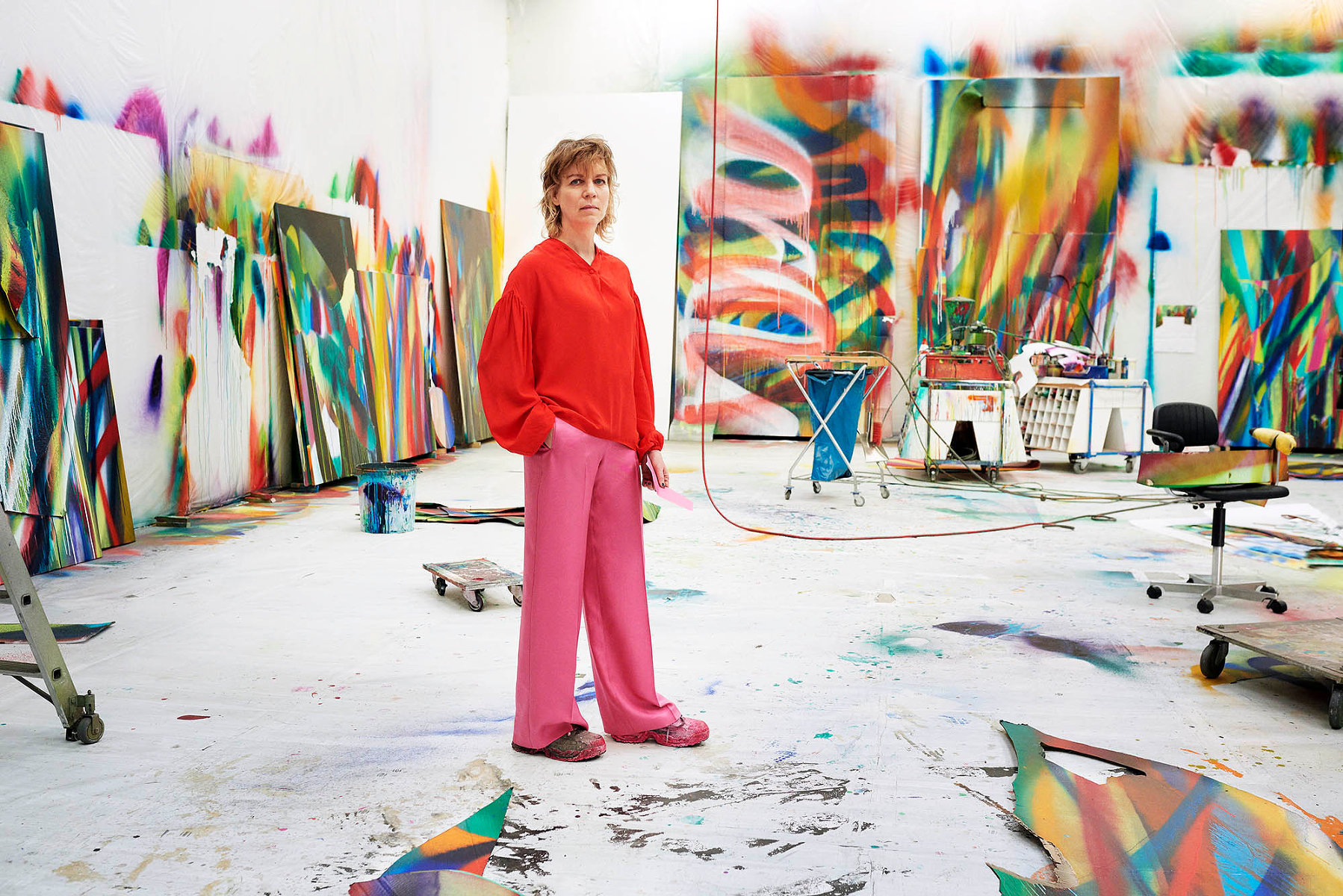
Katharina Grosse is a German artist. As an artist, Grosse's work employs a use of architecture, sculpture and painting. She is known for her large-scale, site-related installations to create immersive visual experiences. She has been using an industrial paint-sprayer to apply prismatic swaths of color to a variety of surfaces since the late 1990s, and often uses bright, unmixed sprayed-on acrylic paints to create both large-scale sculptural elements and smaller wall works.
.jpg)
Josef Albers was a German-born artist and educator. The first living artist to be given a solo shows at MoMA and at the Metropolitan Museum of Art in New York, he taught at the Bauhaus and Black Mountain College, headed Yale University's department of design, and is considered one of the most influential teachers of the visual arts in the twentieth century.
As an artist, Albers worked in several disciplines, including photography, typography, murals and printmaking. He is best known for his work as an abstract painter and a theorist. His book Interaction of Color was published in 1963.
.jpg)
Josef Albers was a German-born artist and educator. The first living artist to be given a solo shows at MoMA and at the Metropolitan Museum of Art in New York, he taught at the Bauhaus and Black Mountain College, headed Yale University's department of design, and is considered one of the most influential teachers of the visual arts in the twentieth century.
As an artist, Albers worked in several disciplines, including photography, typography, murals and printmaking. He is best known for his work as an abstract painter and a theorist. His book Interaction of Color was published in 1963.
.jpg)
Josef Albers was a German-born artist and educator. The first living artist to be given a solo shows at MoMA and at the Metropolitan Museum of Art in New York, he taught at the Bauhaus and Black Mountain College, headed Yale University's department of design, and is considered one of the most influential teachers of the visual arts in the twentieth century.
As an artist, Albers worked in several disciplines, including photography, typography, murals and printmaking. He is best known for his work as an abstract painter and a theorist. His book Interaction of Color was published in 1963.
.jpg)
Josef Albers was a German-born artist and educator. The first living artist to be given a solo shows at MoMA and at the Metropolitan Museum of Art in New York, he taught at the Bauhaus and Black Mountain College, headed Yale University's department of design, and is considered one of the most influential teachers of the visual arts in the twentieth century.
As an artist, Albers worked in several disciplines, including photography, typography, murals and printmaking. He is best known for his work as an abstract painter and a theorist. His book Interaction of Color was published in 1963.
.jpg)
Josef Albers was a German-born artist and educator. The first living artist to be given a solo shows at MoMA and at the Metropolitan Museum of Art in New York, he taught at the Bauhaus and Black Mountain College, headed Yale University's department of design, and is considered one of the most influential teachers of the visual arts in the twentieth century.
As an artist, Albers worked in several disciplines, including photography, typography, murals and printmaking. He is best known for his work as an abstract painter and a theorist. His book Interaction of Color was published in 1963.

Kimber Smith was an American abstract painter. Best known for his lyrical compositions and distinctive lexicon of personal symbols, he eschewed the aggressive monumentality of the Abstract Expressionist era to focus on relatively small paintings of simple, entropic forms and colors. Smith went on to study at the Art Students League of New York shortly after the end of World War II. He would subsequently move to Paris, France in 1954, where he befriended fellow American ex-patriate painters Sam Francis and Joan Mitchell. Upon his return to New York in 1966, Smith had gained significant critical acclaim, which led to his mounting a solo exhibition at the Dayton Art Institute in Ohio in 1967 and garnering a Guggenheim Fellowship in 1971. Today, his paintings among the collections of the Stedlijk Museum in Amsterdam and the Zurich Art Museum, among others.

Kimber Smith was an American abstract painter. Best known for his lyrical compositions and distinctive lexicon of personal symbols, he eschewed the aggressive monumentality of the Abstract Expressionist era to focus on relatively small paintings of simple, entropic forms and colors. Smith went on to study at the Art Students League of New York shortly after the end of World War II. He would subsequently move to Paris, France in 1954, where he befriended fellow American ex-patriate painters Sam Francis and Joan Mitchell. Upon his return to New York in 1966, Smith had gained significant critical acclaim, which led to his mounting a solo exhibition at the Dayton Art Institute in Ohio in 1967 and garnering a Guggenheim Fellowship in 1971. Today, his paintings among the collections of the Stedlijk Museum in Amsterdam and the Zurich Art Museum, among others.
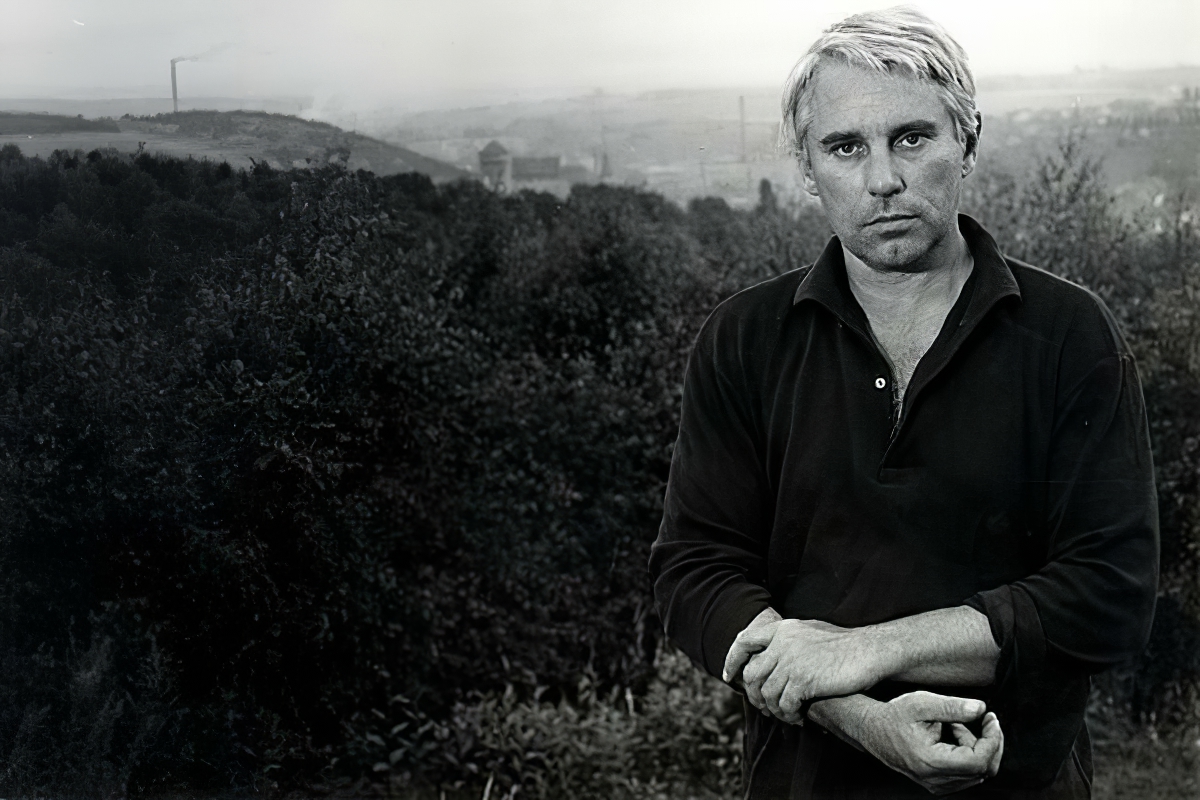
Karl Fred Dahmen is a German artist, one of the most important representatives of German post-war art and the Informel movement. In 1967 he took up the post of Professor of Fine Arts at the Munich Academy.
He painted expressive abstract pictures with a tectonic structure, and since the mid-1950s, relief paintings and collages on the damage to the local landscape caused by open-pit mining. Later in Dahmen's oeuvre, glazed object boxes appear, recounting the impressions of his daily working life.
Samuel Lewis Francis, an American painter and printmaker, was known for his pivotal role in postwar American painting and his contributions to the Abstract Expressionism and Color Field painting movements. Born in San Mateo, California, Francis' early life was marked by a deep personal loss and a significant injury during his service in the Army Air Corps, which led him to pursue painting while recovering in a hospital. His work, characterized by splashes of bright contrasting colors against expansive white canvases, drew international acclaim, particularly in Europe and Japan, underscoring his influence on the global art scene.
Francis' art evolved through various phases, from monochromatic works to vibrant, large-scale pieces, and was deeply influenced by his time in Paris and Japan, reflecting elements of Tachisme and possibly Zen Buddhism. Notable for creating large murals and his "Edge" series, Francis also founded The Lapis Press, further contributing to the art community by producing visually compelling texts. Despite facing health challenges towards the end of his life, he remained prolific, leaving behind a legacy celebrated through the Sam Francis Foundation, which aims to perpetuate his creative legacy.
Francis' artworks are held in prestigious collections worldwide, including The Metropolitan Museum of Art, The Museum of Modern Art, New York, and the Centre Pompidou-Musee National d'Art Moderne, Paris, highlighting his enduring influence on contemporary art. His auction records and continued recognition in solo exhibitions posthumously underscore the lasting impact of his work on both collectors and the art community.
For those passionate about modern art and its history, staying informed about Samuel Lewis Francis' contributions and the ongoing exhibitions of his works can be enriching. Sign up for updates related to Francis to ensure you don't miss out on new sales and auction events showcasing his vibrant legacy.
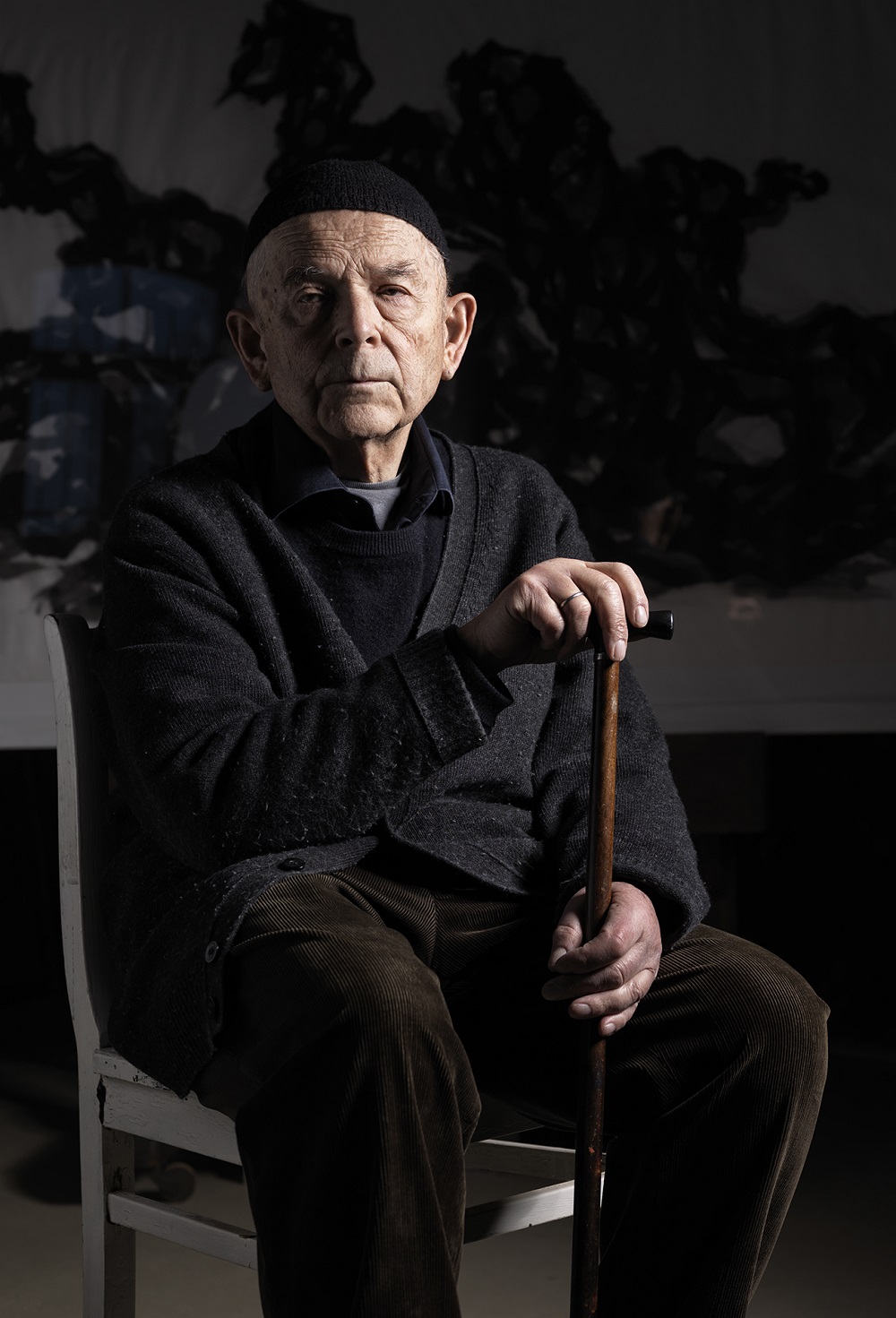
Max Uhlig is a German painter. He won the Hans Theo Richter-Preis of the Sächsische Akademie der Künste in 1998.
In 1978, Max Uhlig presented his characteristic paintings for the first time in the Dresden Kupferstichkabinett.
"Black and white or in colour, lines in the expressive rhythm of their superimposition draw the image mode and the conciseness of an extensive, unmistakable work that is a discovery. Today Max Uhlig is one of the last representatives of the era of open-air painting in modern art that began 150 years ago, but his work elevates it to the height of our time." His late work received significant impulses from annual stays in Faucon (southern France) from 1991 to 2010.
Max Uhlig has been a member of the German Association of Artists since 1990 and a founding member of the Saxon Academy of the Arts. From 1995 to 2002, he was the professor for painting and graphics at the University of Fine Arts in Dresden.
